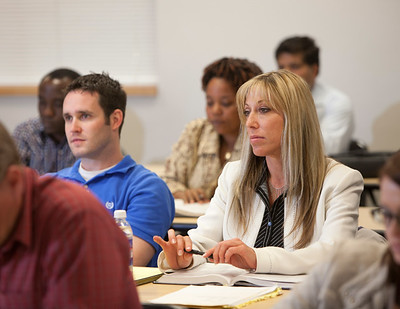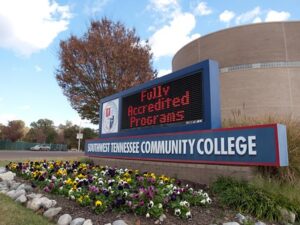Inside Higher Education published an interesting write-up of the decline in post-secondary enrollment in the US. Last week, the Lumina Foundation and Gallup held a panel discussion in Washington, D.C. to examine the “damage the pandemic dealt to enrollments across the country and discuss how to rebuild.”
First, the pandemic isn’t responsible for the decline in post-secondary enrollment. The appearance of COVID-19 was more of an unfortunate coincidence as enrollment at many community colleges, private colleges, and regional universities was already tanking. To be sure, COVID-19 didn’t help, but it wasn’t and isn’t the cause of the sharp enrollment declines.
The panel lamented the fact that colleges and universities aren’t set up to address the needs of non-traditional students. That’s true for four-year institutions. The expectation there is that most of the applicants will be 18-year-old students, freshly graduated from high school. A smaller cohort of graduate students will also enroll.
Enrollment at four-year institutions has declined by about 4% since 2009. Community colleges have suffered far worse; their cumulative enrollment decline was about 16% during the same period. If, as the panel members predicted, the future for higher education rests upon the shoulders of non-traditional students, this should give community colleges a leg up. If there’s one student population that community colleges know how to manage, it would be non-traditional students.
It’s hard to know exactly where the students who would normally have enrolled at community college may have gone. There’s a good bet that many of them have landed in the workforce. Others may have opted to apply to four-year institutions. If that’s the case, it may be because so many universities have dropped standardized testing from their application requirements.
Community colleges have a major post-secondary enrollment advantage
That one simple change at the start of the pandemic may have directed hundreds of thousands of high school seniors away from community colleges. Although a few major colleges have announced their intentions to re-instate the standardized testing requirement, many more have done away with them for the next several application cycles, indefinitely, or even permanently.
That’s one way in which universities have become more aggressive in their search for students. Community colleges aren’t powerless here. While fewer traditional students may appear in community college classrooms, two-year schools still possess a significant advantage when it comes to non-traditional students. And guess what? There are millions more non-traditional students than traditional ones. This is one area in which community colleges can stake a firm claim in the post-secondary enrollment wars.
Non-traditional students don’t have four years (or more) to grind out a degree. They’re not interested in living on campus or diving head-first into Greek life. Non-traditional students are there to take care of business. But simply going to school isn’t enough. There must be a reason to go, a pathway to complete a program efficiently, and a persistent financial reward once they finish. That reward had better involve a salary bump of more than a couple of bucks an hour.
If community colleges can rehabilitate their programs to focus efficiently on high-paying, high demand careers, they can win the battle for non-traditional students. They’re already most of the way there.
Photo Credit: Newman University, via Flickr


























